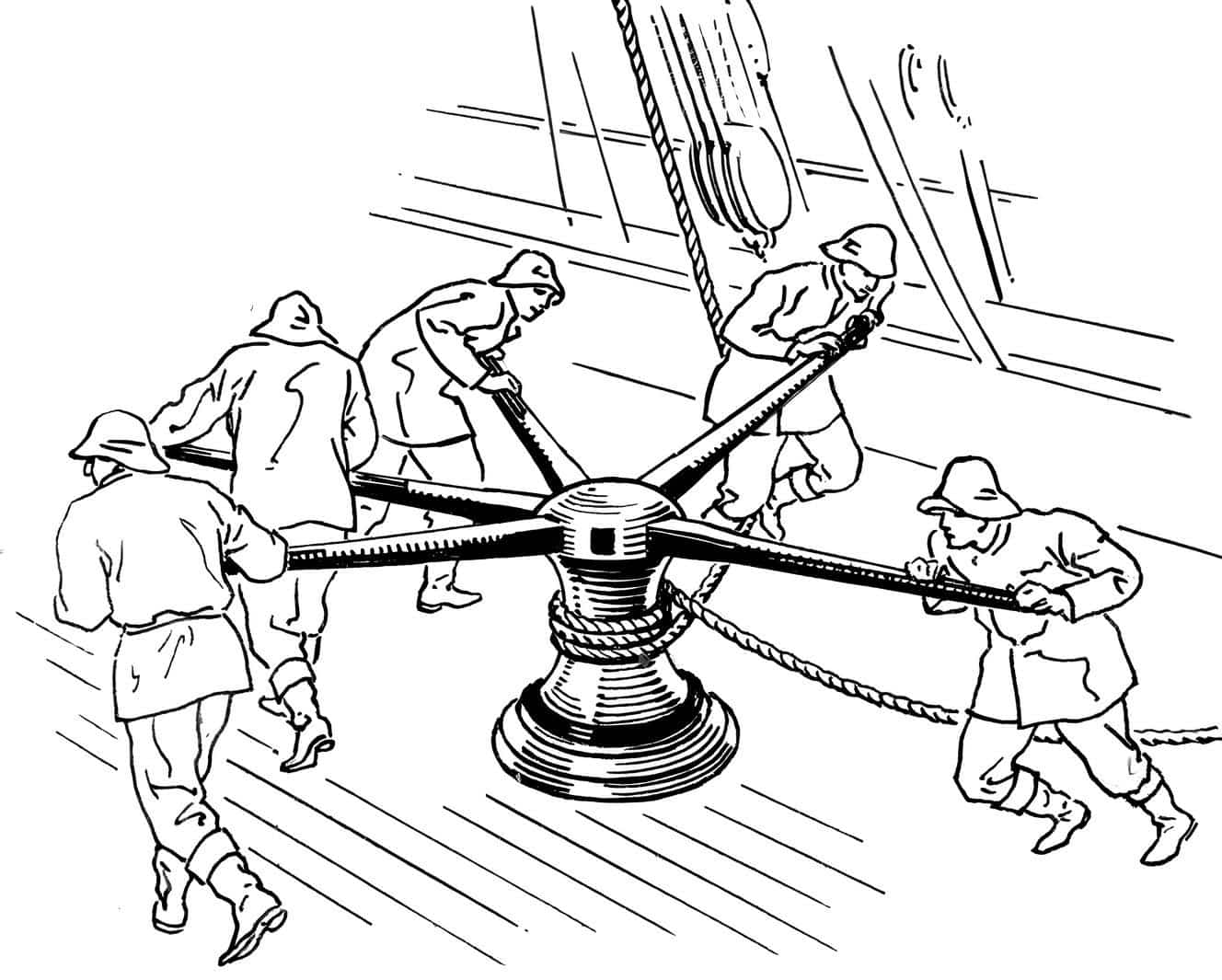Handspike: History and Origin of a Simple Lever
Capstan and five removable handspikes. We can see the rectangular shape of the cell in which the handspike is lodged.

Capstan and five removable handspikes. We can see the rectangular shape of the cell in which the handspike is lodged.

